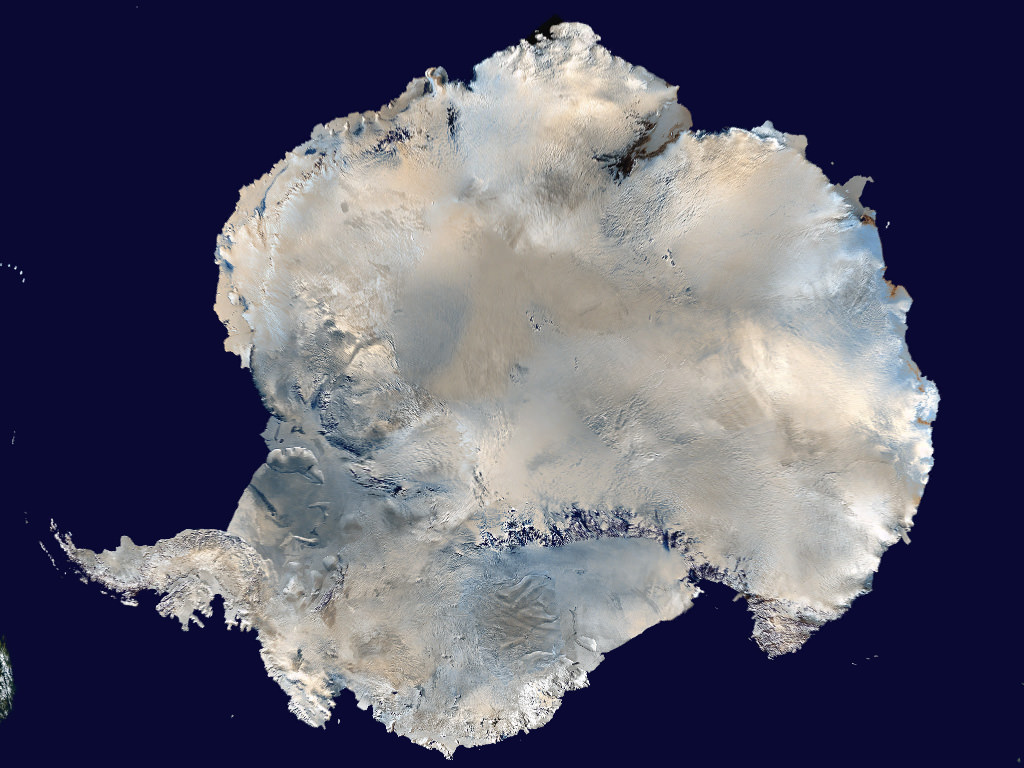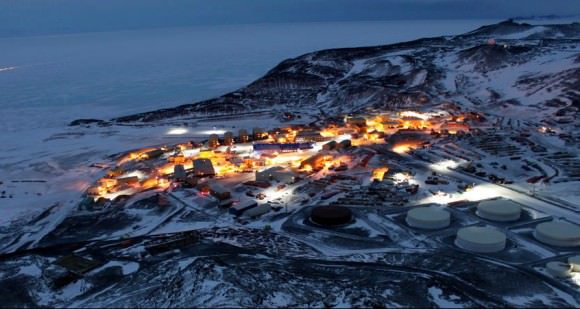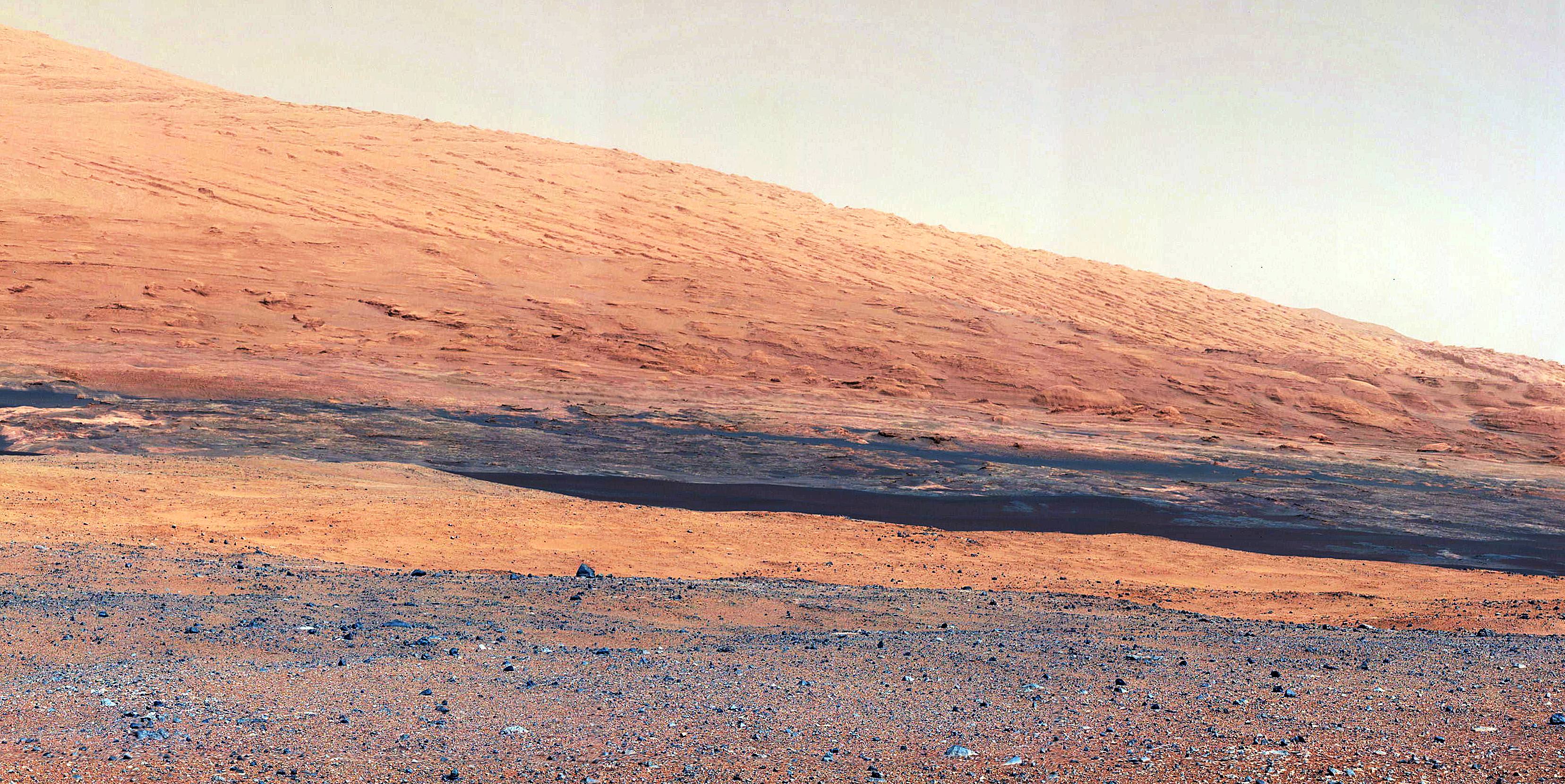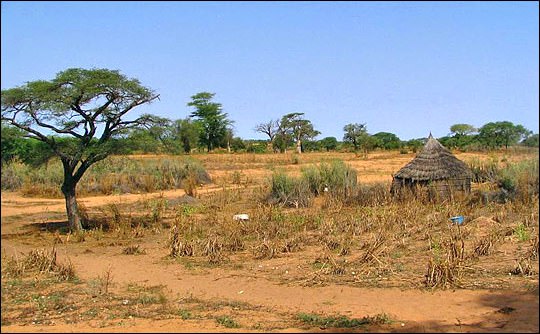When you hear the word desert, what comes to mind? Chances are, you’d think of sun, sand, and very little in the way of rain. Perhaps cacti, vultures, mesas, and scorpions come to mind as well, or possibly camels and oases? But in truth, deserts come in all shapes and sizes, and vary considerably from one part of the world to the next.
Like all of Earth’s climates, it all comes down to some basic characteristics that they share – which in this case, involves being barren, dry, and hostile to life. For this reason, you might be surprised to learn that the largest desert in the world is actually in Antarctica. How’s that for a curveball?
Definition:
To break it down, a desert is a region that is simply very dry because its receives little to no water. To be considered a desert, an area must receive than 250 millimeters of annual precipitation. But precipitation can take the form of rain, snow, mist or fog – literally any form of water being transferred from the atmosphere to the earth.
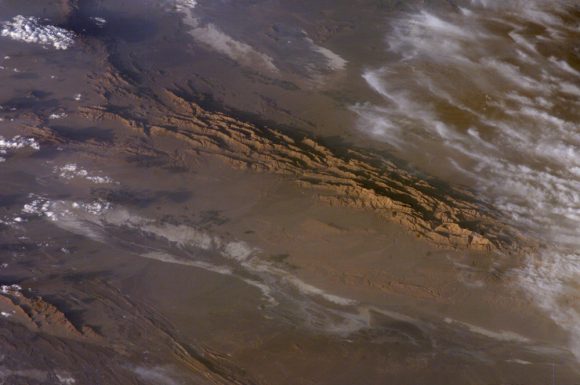
Deserts can also be described as areas where more water is lost by evaporation than falls as precipitation. This certainly applies in regions that are subject to “desertification”, where increasing temperatures (i.e. climate change) result in river beds drying up, precipitation patterns changing, and vegetation dying off.
Deserts are often some of the hottest and most inhospitable places on Earth, as exemplified by the Sahara Desert in Africa, the Gobi desert in northern China and Mongolia, and Death Valley in California. But they can also be cold, windswept landscapes where little to no snow ever falls – like in the Antarctic and Arctic.
So in the end, being hot has little to do with it. In fact, it would be more accurate to say that deserts are characterized by little to no moisture and extremes in temperature. All told, deserts make up one-third of the surface of the Earth. But most of that is found in the polar regions.
Antarctica:
In terms of sheer size, the Antarctic Desert is the largest desert on Earth, measuring a total of 13.8 million square kilometers. Antarctica is the coldest, windiest, and most isolated continent on Earth, and is considered a desert because its annual precipitation can be less than 51 mm in the interior.
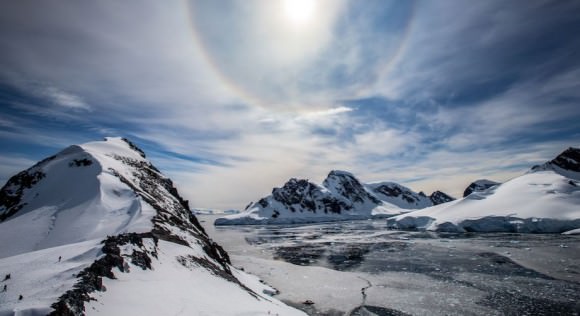
It’s covered by a permanent ice sheet that contains 90% of the Earth’s fresh water. Only 2% of the continent isn’t covered by ice, and this land is strictly along the coasts, where all the life that is associated with the land mass (i.e. penguins, seals and various species of birds) reside. The other 98% of Antarctica is covered by ice which averages 1.6 km in thickness.
There are no permanent human residents, but anywhere from 1,000 to 5,000 researchers inhabit the research stations scattered across the continent – the largest being McMurdo Station, located on the tip of Ross Island. Beyond a limited range of mammals, only certain cold-adapted species of mites, algaes, and tundra vegetation can survive there.
Despite having very little precipitation, Antarctica still experiences massive windstorms. Much like sandstorms in the desert, the high winds pick up snow and turn into blizzards. These storms can reach speeds of up to 320 km an hour (200 mph) and are one of the reasons the continent is so cold.
In fact, the coldest temperature ever recorded was taken at the Soviet Vostok Station on the Antarctic Plateau. Using ground-based measurements, the temperature reached a historic low of -89.2°C (-129°F) on July 21st, 1983. Analysis of satellite data indicated a probable temperature of around -93.2 °C (-135.8 °F; 180.0 K), also in Antarctica, on August 10th, 2010. However, this reading was not confirmed.
Other Deserts:
Interestingly, the second-largest desert in the world is also notoriously cold – The Arctic Desert. Located above 75 degrees north latitude, the Arctic Desert covers a total area of about 13.7 million square km (5.29 million square mi). Here, the total amount of precipitation is below 250mm (10 inches), which is predominantly in the form of snow.
The average temperature in the Arctic Desert is -20 °C, reaching as low as -50 °C in the winter. But perhaps the most interesting aspect of the Arctic Desert is its sunshine patterns. During the summer months, the sun doesn’t set for a period of 60 days. These are then followed in the winter by a period of prolonged darkness.
The third largest desert in the world is the more familiar Sahara, with a total size of 9.4 million square km. The average annual rainfall ranges from very low (in the northern and southern fringes of the desert) to nearly non-existent over the central and the eastern part. All told, most of the Saraha receives less than 20 mm (0.79 in).
However, in northern fringe of the desert, low pressure systems from the Mediterranean Sea result in an annual rainfall of between 100 to 250 mm (3.93 – 9.84 in). The southern fringe of the desert – which extends from coastal Mauritania to the Sudan and Eritrea – receives the same amount of rainfall from the south. The central core of the desert, which is extremely arid, experiences an annual rainfall of less than 1 mm (0.04 in).
Temperatures are also quite intense in the Sahara, and can rise to more than 50 °C. Interestingly, this is not the hottest desert on the planet though. The hottest temperature ever recorded on Earth was 70.7 °C (159 °F), which was taken in the Lut Desert of Iran. These measurements were part of a global temperature survey conducted by scientists at NASA’s Earth Observatory during the summers of 2003 to 2009.
In short, deserts are not just sand dunes and places where you might come across Bedouins and Berbers, or a place you have to drive through to get to Napa Valley. They are common to every continent of the world, and can take the form of sandy deserts or icy deserts. In the end, the defining characteristic is their pronounced lack of moisture.
In that respect, the polar regions are the largest deserts in the world, with Antarctica narrowly beating out the Arctic for first place. And going by this definition – i.e. cold, arid, and with little to no precipitation – we’re sure to find some particularly big deserts elsewhere in Solar System. After all, what is Mars if not one big, cold, arid, and extremely dry climate?
We have written many articles about the Earth for Universe Today. Here is What Percent of the Earth’s Land Surface is Desert?, What is the Driest Place on Earth?, What is the Hottest Place on Earth?, What is the Earths’ Average Temperature?
Want more resources on the Earth? Here’s a link to NASA’s What is Antarctica?, and here’s NASA’s Visible Earth.
We have also recorded an episode of Astronomy Cast about Earth, as part of our tour through the Solar System – Episode 51: Earth.
Sources:

